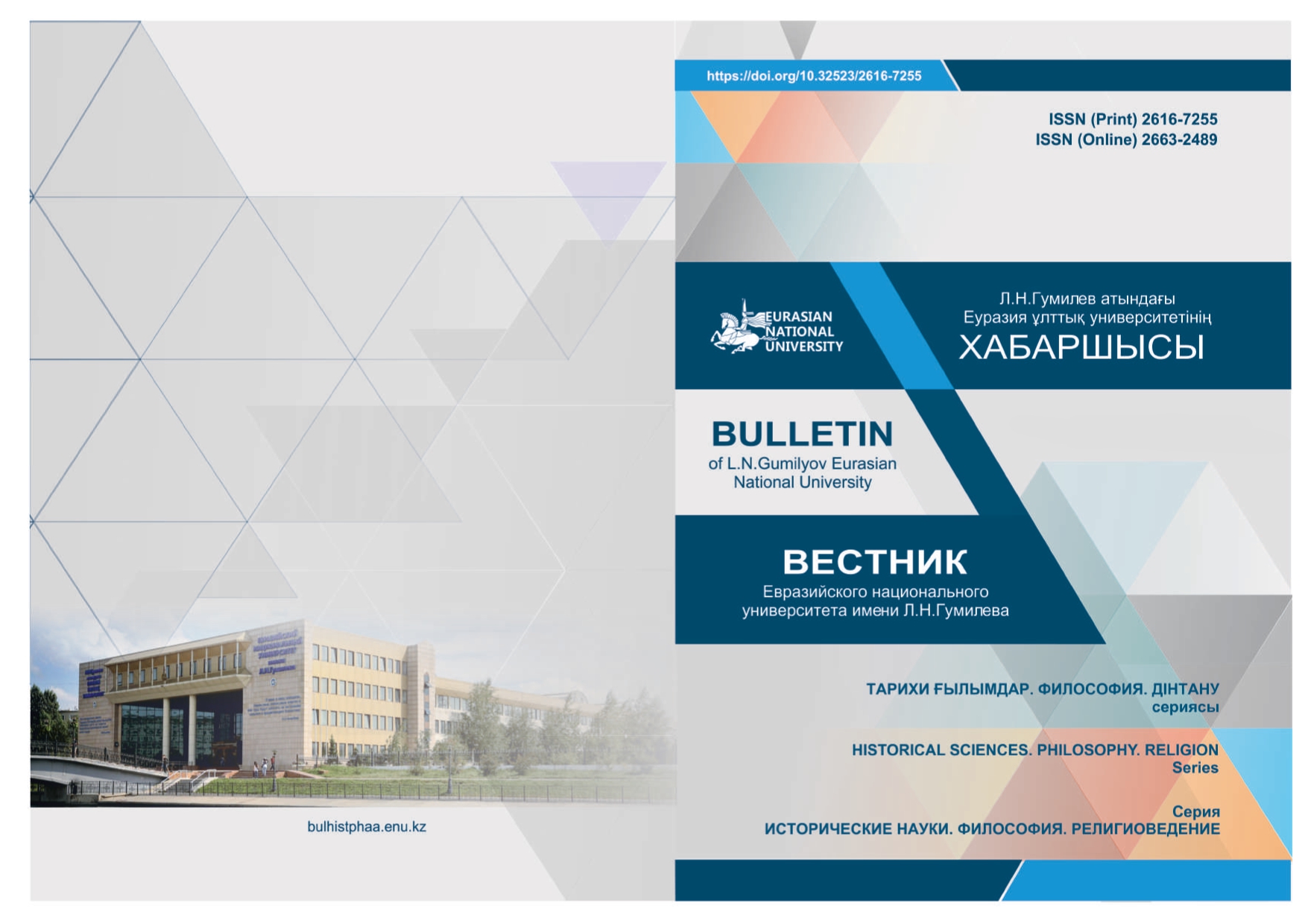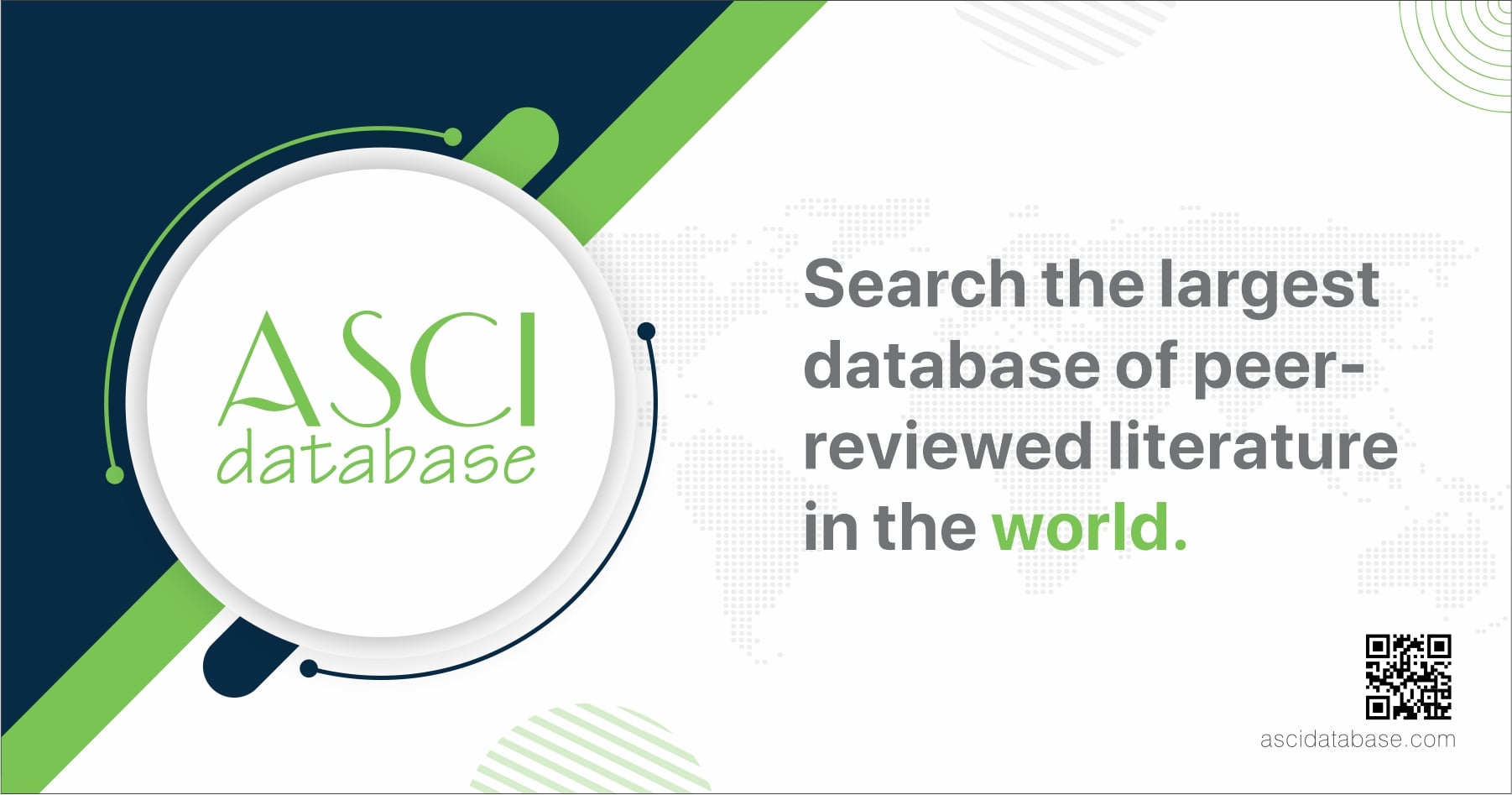Methods of Applying the “Liberal Arts” Model in Teaching Philosophy
Views: 223 / PDF downloads: 199
DOI:
https://doi.org/10.32523/2616-7255-2024-146-1-233-247Keywords:
philosophical education; «Liberal Arts»; methods of teaching philosophy; scientific literature; analysis of philosophical texts; translation; language; understanding; hermeneuticsAbstract
In the article, the authors draw attention to new technologies that are important for a modern specialist, including a model of liberal arts and sciences that can respond to rapidly changing market demands, i.e. constantly improve and modernize knowledge, be flexible to go beyond the narrow limits of acquired skills within the profession. The value of the model lies in the presence of interdisciplinary connections and interactivity of the educational process, as well as, unlike other technologies, in the way students choose the main and additional areas of specialization and the features of the status and role of teachers. According to the authors, one of the rational sides of the model is that it applies to educational programs, is built favorably following the student's will to choose, and is aimed at forming a personality capable of thinking critically, rather than accumulating ready-made knowledge. The article also presents the directions of technology (first-year seminar, collective tasks and projects, practical training with elements of social activity, etc.), which have been tested in many universities in Europe, Asia, and Russia, and proved their effectiveness. Summarizing their reflections, the authors conclude that in countries where higher education is under the pressure of narrow specialization and strict didactic approaches to learning, the model of liberal arts and science can become a unique alternative approach that will receive the support of students and teachers.
Downloads
Downloads
Published
How to Cite
Issue
Section
License
Copyright (c) 2024 This work is licensed under a Creative Commons Attribution-NonCommercial 4.0 International License.

This work is licensed under a Creative Commons Attribution-NonCommercial 4.0 International License.








